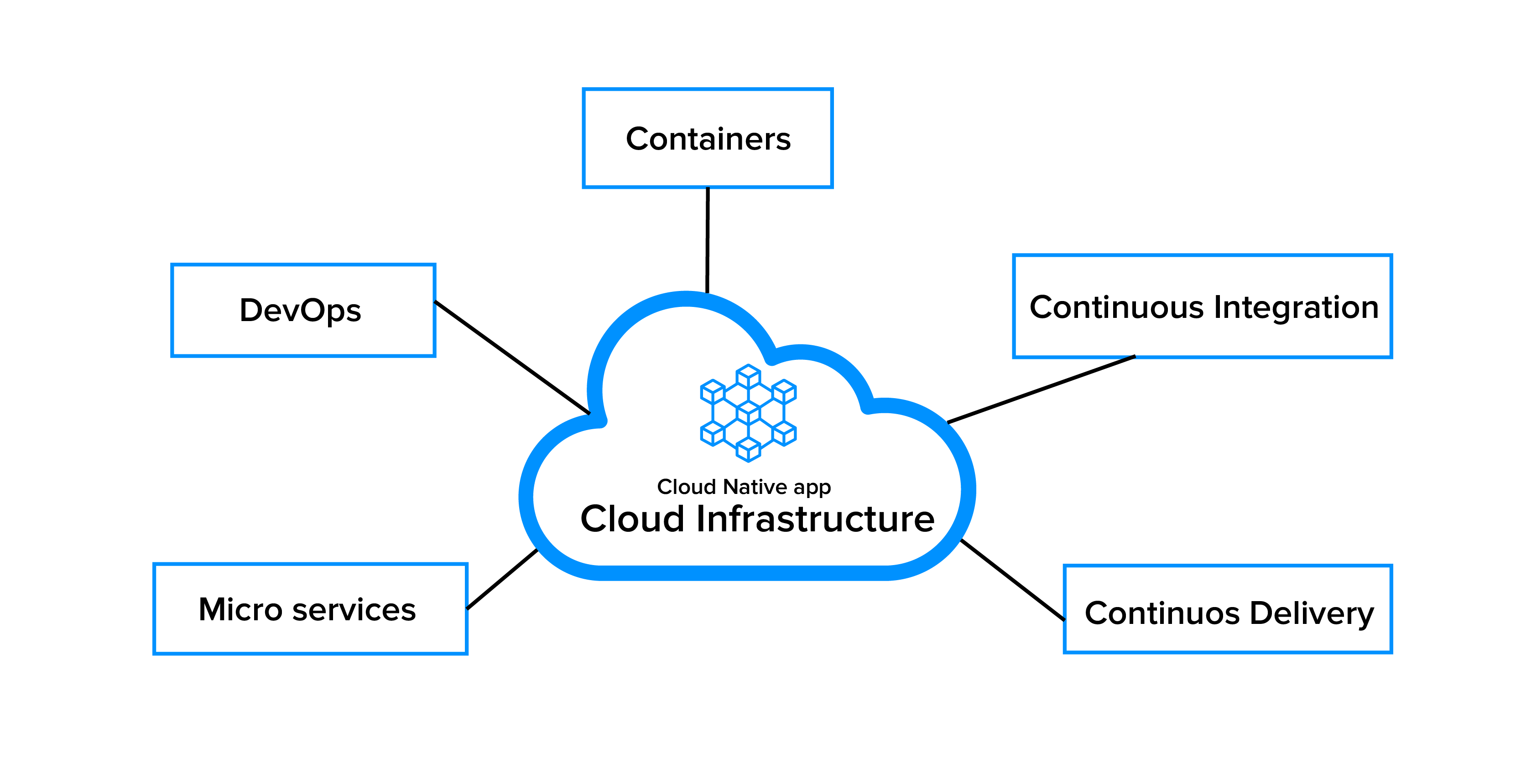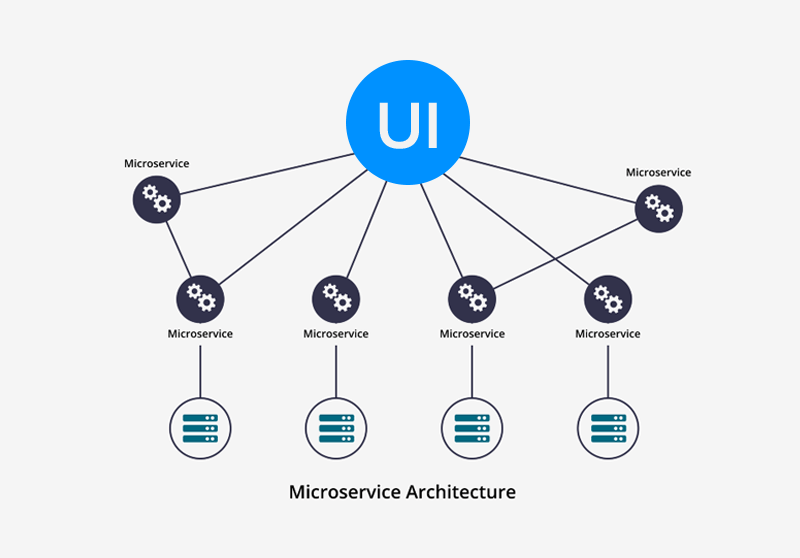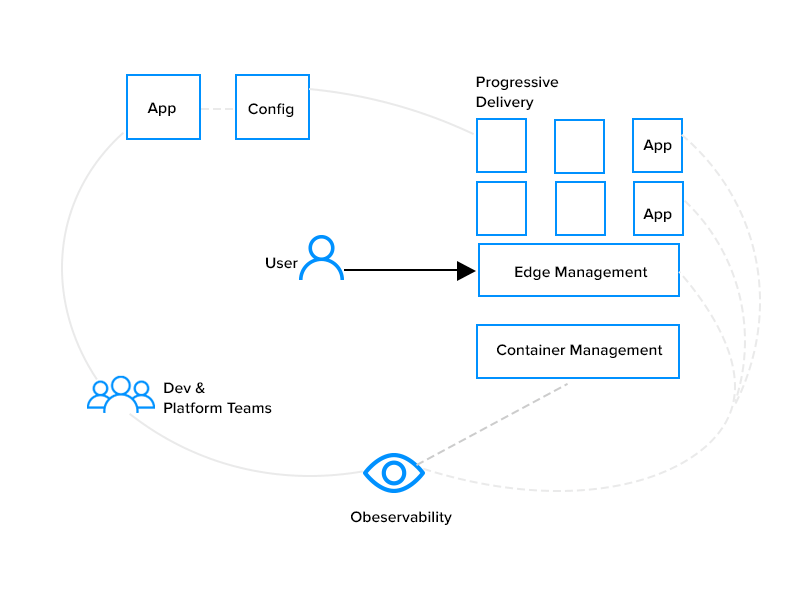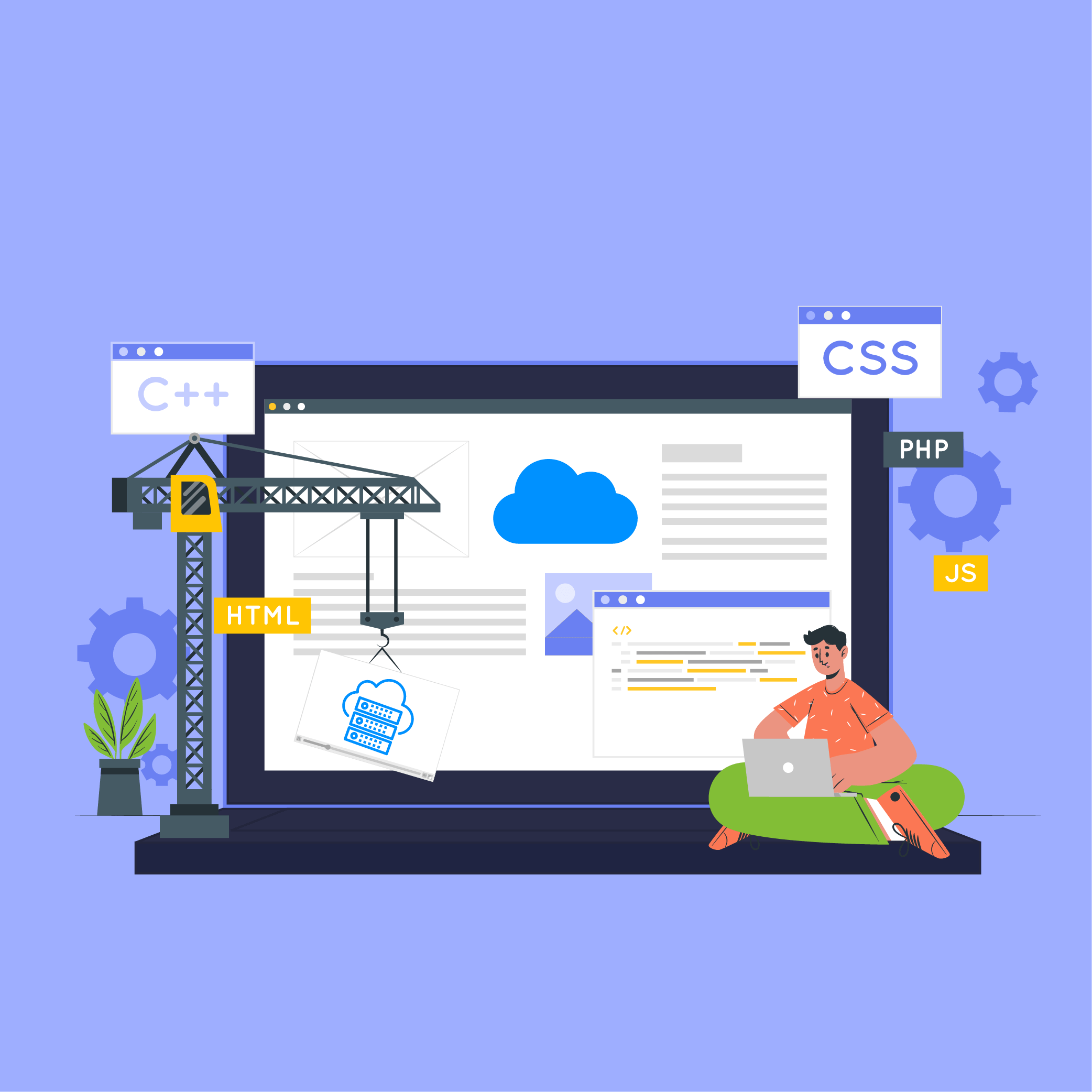Full Cycle Development: Core Cloud Native Platform Capabilities
Startups today are quickly adopting the cloud at a rapid pace, eager to reap the benefits that it offers. You can see some organizations prioritizing a cloud-native mindset while others are still in the process of defining their cloud approach. However, there’s still a fair amount of confusion among the IT professionals about what “cloud-native” really means and what can they expect from it?
Whether you are just starting your cloud-native journey or have deployed it already, this article presents a summed up information about enabling full cycle development by employing a cloud native platform.
Let us start by understanding what “Cloud Native” and “Cloud Native Applications” are.
Cloud-native is a simple yet effective approach to designing and running applications that uses cloud computing delivery architecture’s capabilities.
As businesses develop and operate cloud-native applications, they bring new ideas to the market and offer a quicker response per customer demands.
Characteristics of Cloud-Native Applications
A cloud-native application can be said to have three common characteristics:
- A container-based infrastructure
- An architecture based on microservices
- Use of continuous delivery and continuous integration
Development of Cloud-Native Applications

Cloud-native application development incorporates the following concepts:
DevOps – DevOps refers to the collaboration between IT operations and software developers with the goal of delivering high-quality software that resolves customer issues. DevOps creates an environment where building, testing and releasing software is quick, frequent and more consistent.
Microservices – Microservices is an architectural approach to design an application in the form of a set of small services where each service implements business functionality, operates in its process, and communicates through messaging or HTTP APIs. Each microservice can be installed, updated, scaled, and restarted independently of other systems in the same application, usually as a part of an integrated framework, allowing for repeated upgrades to live apps while minimizing customer effect.

Containers – Containers outperform traditional virtual machines in terms of performance and speed (VMs). For instance, a single operating system is consistently divided among one or more isolated containers, each with its writable file system and resource quota, using operating-system-level virtualization. Containers are a perfect computing vehicle for deploying individual microservices due to the low overhead of building and deleting containers and comparatively high packing density in a single VM.
Continuous Integration and Continuous Delivery – Continuous integration (CI) and continuous delivery (CD) refers to a set of operating principles, and practises that allow full lifecycle application development teams to deploy code changes more often and reliably. This implementation is also referred to as the CI/CD pipeline.
Full Cycle Development for Cloud-Native
Understanding full cycle development for Cloud-Native
Following the traditional software development approaches, engineers often worked in silos. Operators created and managed data centres. Architects created structures, drew boxes and arrows, and oversaw architectural planning. Usually, developers coded and tested a massive batch of modifications against locally running instances of their monolithic software. And, using a series of gated staging environments, quality assurance (QA) engineers tested and advanced the technologies. Applications that passed QA were passed on to operations for deployment and service. Following that, any problems or anomalous behaviour was detected by the operations team and reported to developers.
By embracing cloud technology such as Kubernetes based platforms, the operations team has been able to simplify platform provisioning and self-service framework implementations for the developers. Because of the use of microservices in cloud native product development, product-focused production teams will now work separately. As a result, the cloud-native cloud native SDLC is very distinct. Developers do just enough upfront architectural planning. Minor iterative modifications are being coded against various services, some of which could be running locally and remotely. As part of the coding process, developers are now attempting to automate QA-style verification. This simple approach of making the software application process smoother and faster is known as “Full-cycle Development of cloud-native.”
Four Core Cloud Native Platform Capabilities
When using a cloud-native approach, full cycle developers must complete the SDLC (Software Development Life Cycle) separately, and they must do it quickly and with certainty to provide delivery value to end-users. All of these requirements lay the foundation of four core cloud-native platform capabilities that enable the full cloud native software development.

Container Management: This can handle and operate container-based systems at scale and across multiple infrastructures. Developers should execute these tasks in a self-service model that can be conveniently automated and monitored. This functionality allows the platform team to establish policies for control, access, and auditability.
Progressive Delivery: This functionality is based on assisting developers in developing pipelines that allow for the automated build, verification, implementation, release, and observability of applications. This functionality can also help platform teams centralize the codification and validation of consistency and compliance properties.
Edge Management: Developers should be able to self-serve new features with effective edge management. It should also allow for the centralized configuration of sensible defaults, such as TLS compliance and rate-limiting for DDoS security, as well as the decentralized structure of other cross-functional traffic management specifications, such as retries, authn/z and circuit breaking.
Observability: This functionality could allow developers and the platform team to capture and analyze end-user and device input directly. This enables product teams to iterate against market priorities and key performance indicators (KPIs) while also assisting the platform team in monitoring and maintaining resources and ensuring service level objectives (SLOs) are fulfilled.
Cloud Native Benefits
Following are the benefits offered by deploying cloud native applications to your business model:
Stay ahead of others
Cloud native architecture entails shifting from an emphasis on IT cost savings to see the cloud as a source of business growth. Businesses that can quickly develop and execute apps in response to consumer demands can enjoy long-term sustainability in the software era.
Promotes resilience
Services will struggle when legacy infrastructure fails.
Therefore, teams should work on architecting for sustainability in a cloud native environment. The exponentially evolving cloud native ecosystem assists engineers and architects in designing structures that remain operational despite environmental hiccups.
Offers greater flexibility
Public cloud vendors continue to deliver excellent offerings at competitive prices. However, most businesses aren’t able to commit to only one cloud environment. Enterprises can design applications that run on either a public or private cloud without modification using a framework that supports cloud native creation. Teams will continue to run applications and utilities where it makes the most market sense—all while preventing cloud lock-in.
Aligns operations and business needs
Enterprises will turn into lean, focused teams aligned with market interests by automating IT operations. When workers rely on technology to replace manual tasks, the possibility of loss due to human error is eliminated. Downtime and the need for ops veterans with “hand-me-down” skills are eliminated by automated live patching and updates at all stages of the stack.
Summing it Up
As previously said, adopting cloud-native technology and implementation models will bring significant benefits to full cycle app development companies by reducing complexity and the associated lead time between ideas and providing value to your customers. There are essential organizational, behavioural, and technological changes that must be tackled to truly reap the advantages of cloud native development services.

strategies your digital product..





